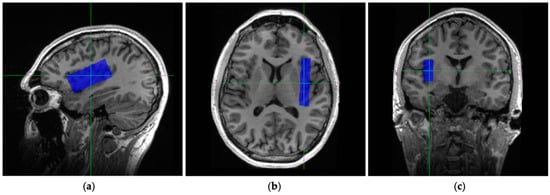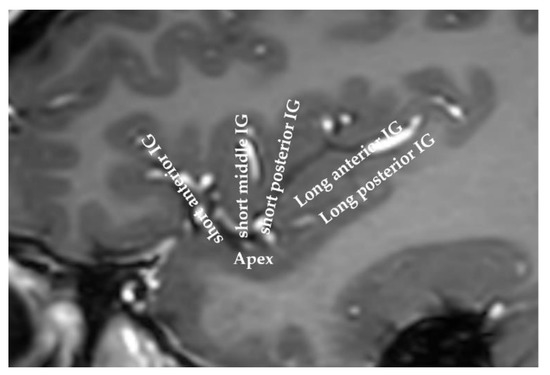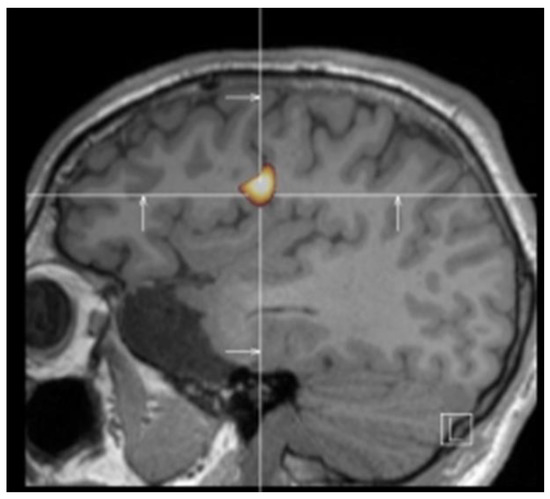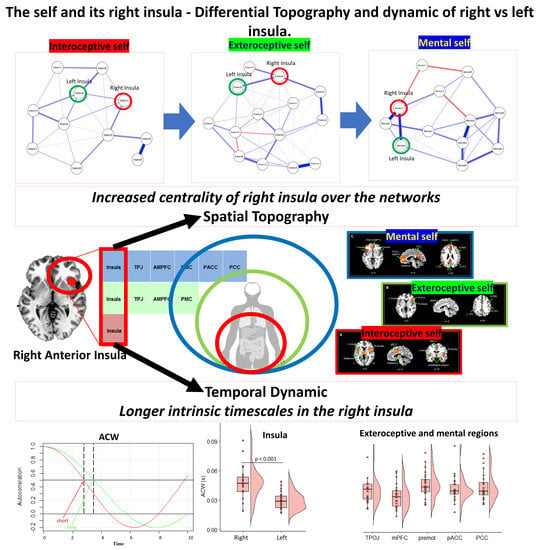Insula: Rediscovering the Hidden Lobe of the Brain
A topical collection in Brain Sciences (ISSN 2076-3425). This collection belongs to the section "Systems Neuroscience".
Viewed by 30062Editors
Interests: neurology; epilepsy; insula; epilepsy surgery; electroencephalography; seizure detection and prediction; artificial intelligence
Topical Collection Information
Dear Colleagues,
Considered as the fifth lobe of the brain, the insula has long been neglected in the study of normal and pathological brain functioning. However, thanks to the advent of functional neuroimaging and other innovative techniques, growing interest in the insula has been observed within the scientific community since the beginning of the 21st century. A large amount of data now allows us to better understand the role(s) played by this once enigmatic structure. It is now well acknowledged that the insula is involved in multisensory processing, interoception, and socioemotional functions, and that it may play a crucial role in certain psychological and neurological disorders.
The purpose of this Special issue is to provide an exhaustive portrait of current knowledge on the insula, its functions, and its role in pathology. Literature reviews and original research from leading scientists in insula research will contribute to a better and more complete understanding of this poorly known but functionally important brain region.
Prof. Dang Khoa Nguyen
Dr. Boucher Olivier
Guest Editors
Manuscript Submission Information
Manuscripts should be submitted online at www.mdpi.com by registering and logging in to this website. Once you are registered, click here to go to the submission form. Manuscripts can be submitted until the deadline. All submissions that pass pre-check are peer-reviewed. Accepted papers will be published continuously in the journal (as soon as accepted) and will be listed together on the collection website. Research articles, review articles as well as short communications are invited. For planned papers, a title and short abstract (about 100 words) can be sent to the Editorial Office for announcement on this website.
Submitted manuscripts should not have been published previously, nor be under consideration for publication elsewhere (except conference proceedings papers). All manuscripts are thoroughly refereed through a single-blind peer-review process. A guide for authors and other relevant information for submission of manuscripts is available on the Instructions for Authors page. Brain Sciences is an international peer-reviewed open access monthly journal published by MDPI.
Please visit the Instructions for Authors page before submitting a manuscript. The Article Processing Charge (APC) for publication in this open access journal is 2200 CHF (Swiss Francs). Submitted papers should be well formatted and use good English. Authors may use MDPI's English editing service prior to publication or during author revisions.
Keywords
- insula
- decision making
- emotion
- addiction
- interoception
- pain
- neuropathology














